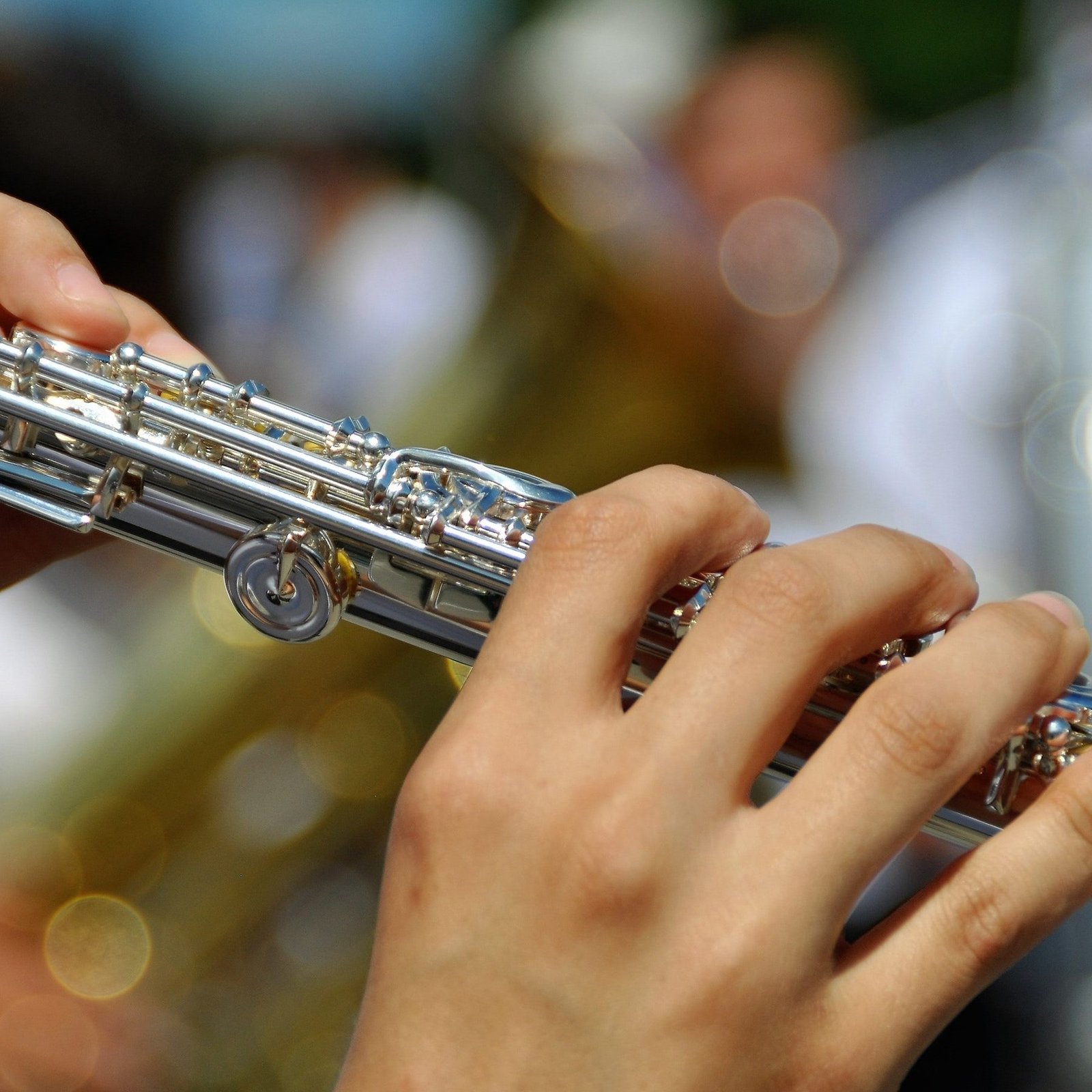The late 1600s and 1700s saw solo flute repertoire emerge, giving players music that featured a range extended below the usual high register melodies. It also called for the player to add more individual character to each part. Composers like Vivaldi, Bach, Handel, Telemann and Blavet wrote extensively for the solo flute and professional players such as J.J. Quantz began to find success traveling from area to area performing concerts on the baroque flute.
Around 1750, London instrument makers took the baroque flute and added a system of flute keys, while also increasing the taper of its bore. The result was an even stronger lower register and more solid tuning. By the end of the century, the keyed flute was almost universally adopted. Every country had its own style of keyed flute and hosted visiting artists from other countries to show off their repertoire, instrument, and skill. J.G. Tromlitz, a German flautist, was well known at the time as a virtuoso who performed on a keyed flute of his own personal design.
Flute design flourished through the first half of the 19th century, with significant design variations found in Austria, England, America, France and Germany, among others. Theobald Boehm of Bavaria began to attract attention with a key design that used a system of complex interlocked rods to allow accurate, fast fingering in a more natural hand position.

